12 Vintage Victorian Clocks That Bring Old-World Charm
Victorian clocks bring a touch of timeless charm to any room. Their rich wood, ornate faces, and detailed hands reflect an age when beauty and function worked together. Whether standing tall in a hallway or sitting quietly on a mantel, each piece tells its own story of craftsmanship and history. These clocks remind us how elegance can live on through the steady rhythm of time.
This post may contain affiliate links, which helps keep this content free. Please read our disclosure for more info.
Antique Carved Oak Vienna Wall Clock
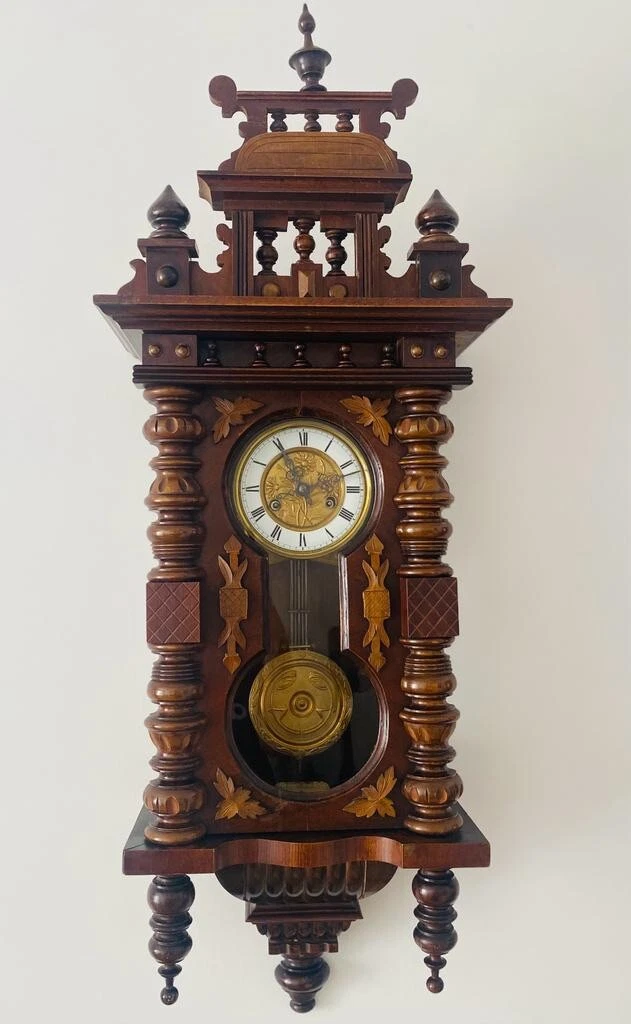
This elegant oak Vienna wall clock reflects the refined style of late 19th-century European homes. Its tall, narrow frame features carved scrolls, turned finials, and a warm finish that gives it depth and character. The brass pendulum and Roman numeral dial add a touch of stately charm that fits well in traditional rooms. Its chime carries a soft tone that feels both nostalgic and graceful.
Collectors admire this clock for its solid oak case and long-lasting movement. Many original examples have glass front panels that reveal the pendulum’s gentle swing. Hung in a hallway or study, it creates a focal point that feels both historic and homely. Prices for genuine antiques often start above $10,000, depending on age and restoration quality.
Hermle Walnut Grandfather Clock

Tall and graceful, the Hermle Walnut Grandfather Clock stands as a classic example of Victorian influence in modern reproductions. Its polished walnut case features fluted columns, arched pediments, and a gleaming brass dial that reflects candlelight beautifully. The clock’s mechanical movement strikes every hour, filling the room with a soft, resonant tone. It feels timeless yet approachable, the kind of heirloom that families pass down through generations.
This model suits large living rooms, entryways, or dining areas where its height can make a statement. Its fine details, from decorative inlays to curved glass panels, give it warmth and depth. Collectors value Hermle clocks for their reliability and traditional German engineering. Prices generally range around $5,000 for this level of craftsmanship.
Hermle Victorian Mantel Clock
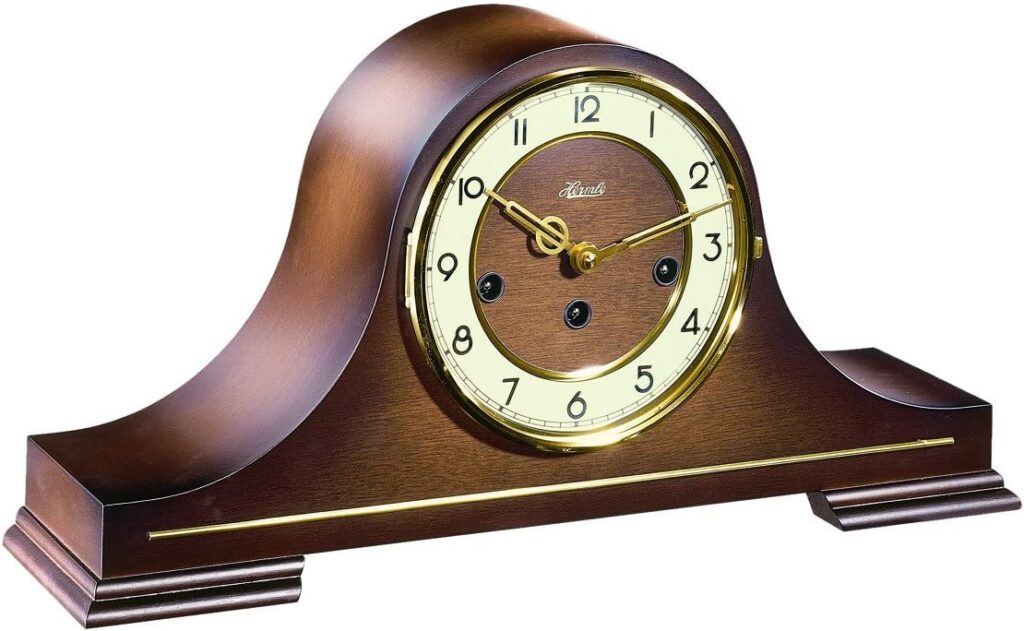
The Hermle Victorian Mantel Clock blends old-world elegance with dependable modern mechanics. Its compact form fits comfortably on mantels, desks, or accent tables. Brass accents highlight the ornate woodwork that frames its ivory dial, complete with Roman numerals. The balance of symmetry and scrollwork mirrors true Victorian design without feeling overdone.
This clock adds charm to spaces that need a touch of history without overwhelming them. Its small chime fills the room gently, making it ideal for quiet evenings or cozy reading corners. Owners appreciate the durable finish and consistent timekeeping. With prices averaging around $1,000, it offers heritage style without the antique upkeep.
Hermle Skeleton-Design Clock
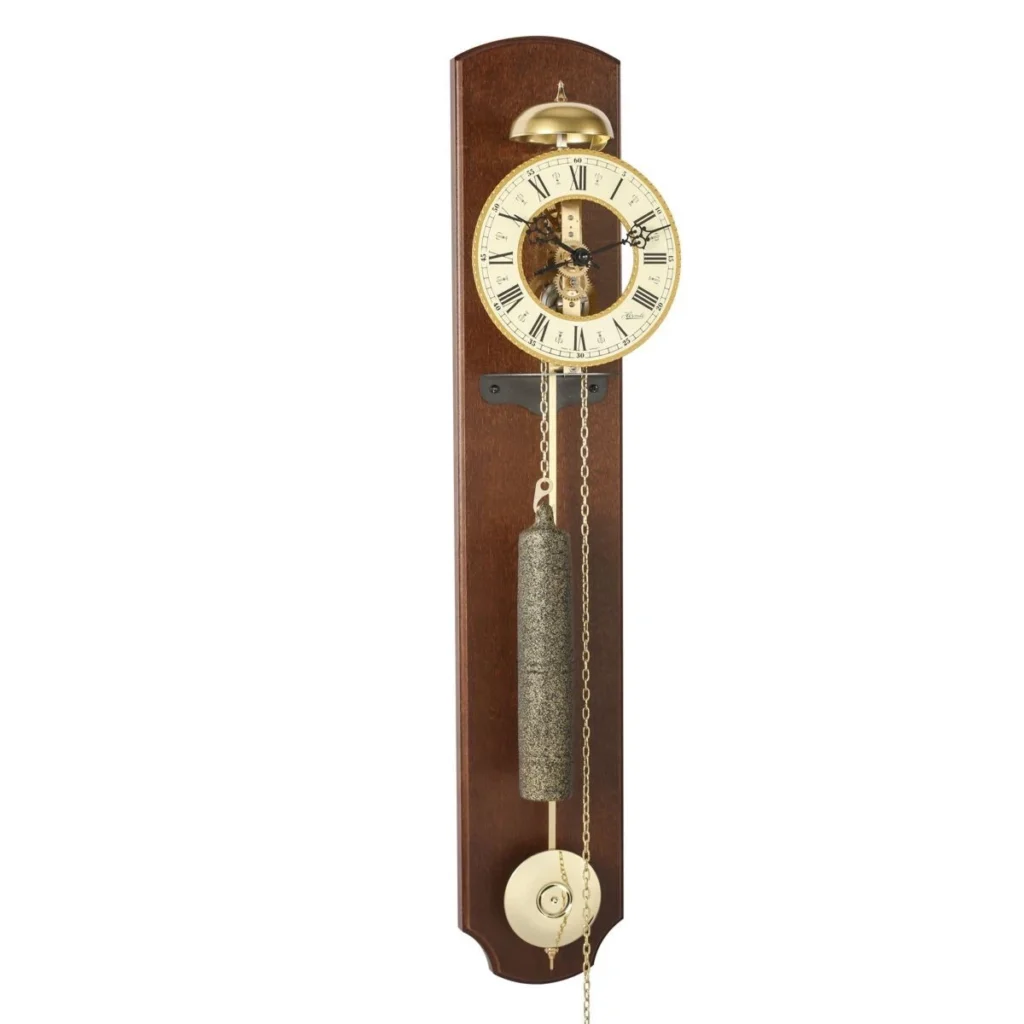
For those who enjoy the beauty of visible movement, the Hermle Skeleton-Design Clock draws the eye immediately. Its open framework reveals every gear and spring in motion, turning timekeeping into art. Polished metal parts glimmer under soft light, while the exposed pendulum creates a rhythmic centerpiece. The design feels both vintage and mechanical, echoing the fascination Victorians had with industry and innovation.
Placed on a desk or shelf, this clock sparks conversation and admiration alike. It pairs well with dark wood furniture, where the metal contrasts beautifully. Many owners enjoy watching it run, as it brings life and motion to still rooms. Prices start near $400, depending on finish and size.
Vintage Brass Victorian Table Clock 14-Inch
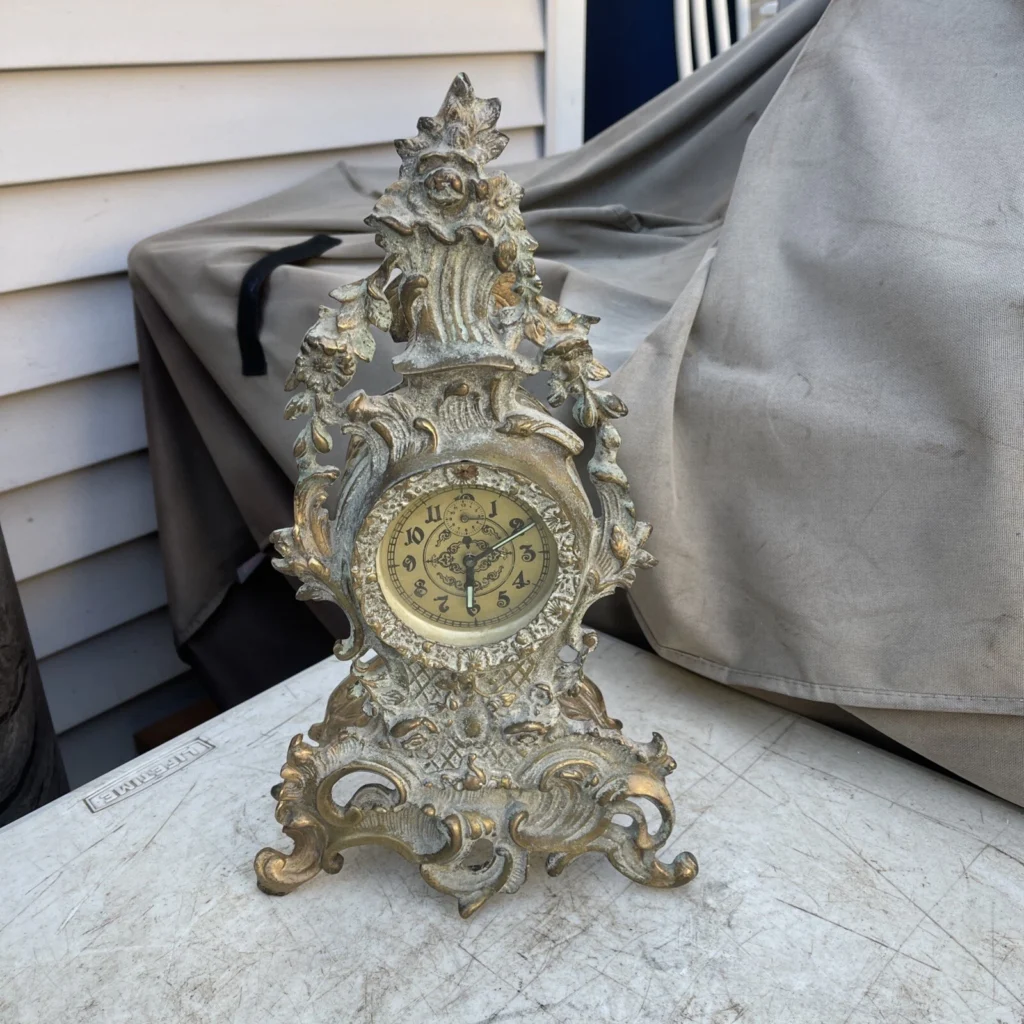
Smaller than its 23-inch counterpart, this 14-inch version fits neatly on desks or shelves. The detailed brass case still carries all the Victorian flourishes—curved legs, scrollwork, and an ornate top handle. Its modest size allows it to complement rather than dominate other décor pieces. A glass cover protects the face, which displays delicate black numerals on an ivory background.
This clock suits those who want antique flair in smaller rooms. It balances elegance and practicality, keeping accurate time while adding visual texture. Collectors appreciate its hand-polished brass and classic proportions. At roughly $250, it’s a charming accent that doesn’t require a large investment.
Ornate Victorian Mantle Clock
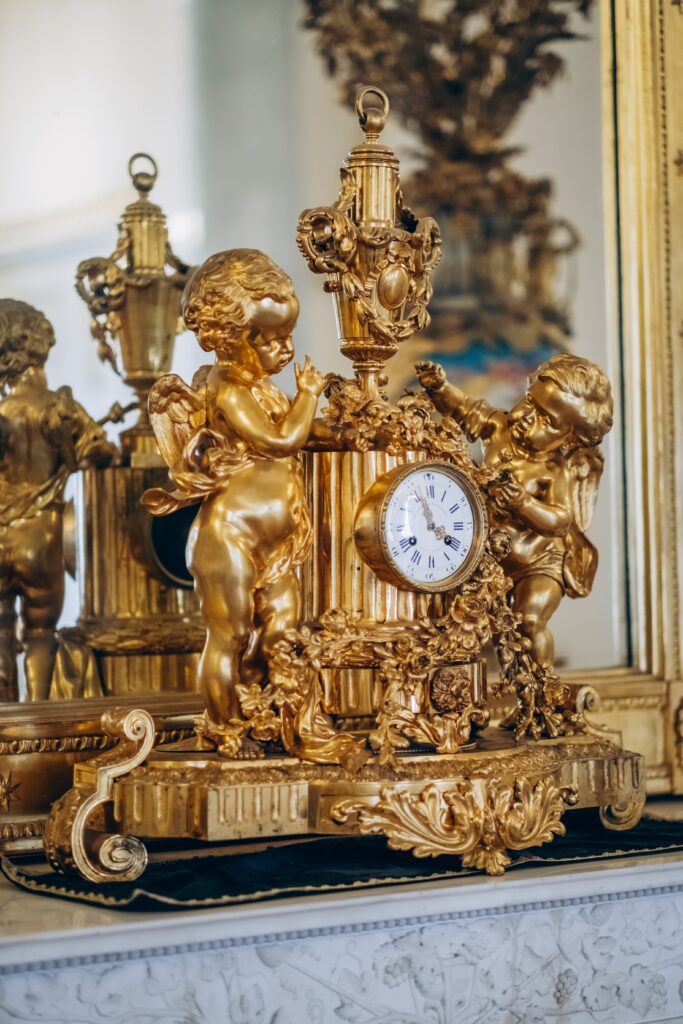
Heavy and decorative, the Ornate Victorian Mantle Clock embodies 19th-century luxury. Its sculpted brass body is covered in scrolls and floral motifs, with a porcelain dial set at the center. Some models even include small finials or cherub figures. It’s the kind of clock that instantly commands attention when placed on a mantel or piano top.
Collectors treasure this type for its artistry as much as its function. Many original versions were produced in France or England during the late 1800s. Whether antique or reproduction, it adds drama to any traditional room. Prices can range from $150 to over $1,000, depending on age and design.
Victorian Carriage Clock
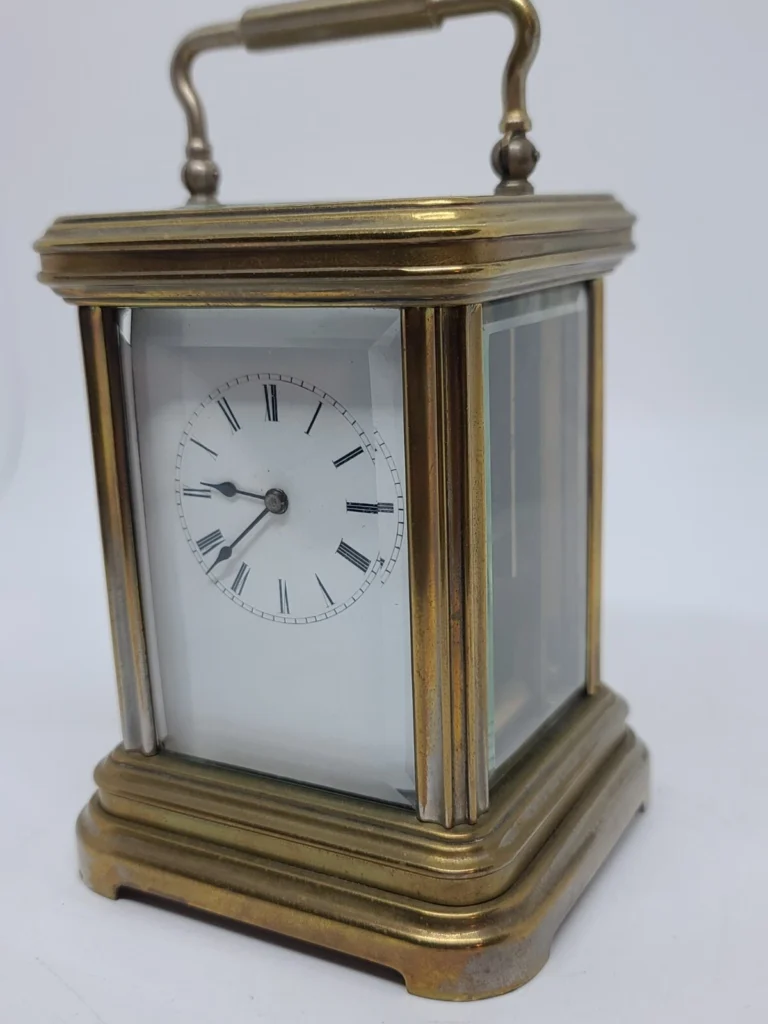
The carriage clock was once a sign of refinement and good taste, especially for travelers during the Victorian period. This elegant timepiece typically features a polished brass case, beveled glass panels, and a carrying handle on top. Its compact size made it easy to take on journeys while keeping time accurately. The balance of function and beauty made it a favorite among the upper class.
Collectors today admire carriage clocks for their intricate movements and historical charm. Many still run on the original mechanical wind-up system and chime softly each hour. The visible escapement and precision detailing make them ideal for display on desks or mantelpieces. Depending on condition and maker, prices range from $500 to several thousand dollars.
Victorian Bracket Clock
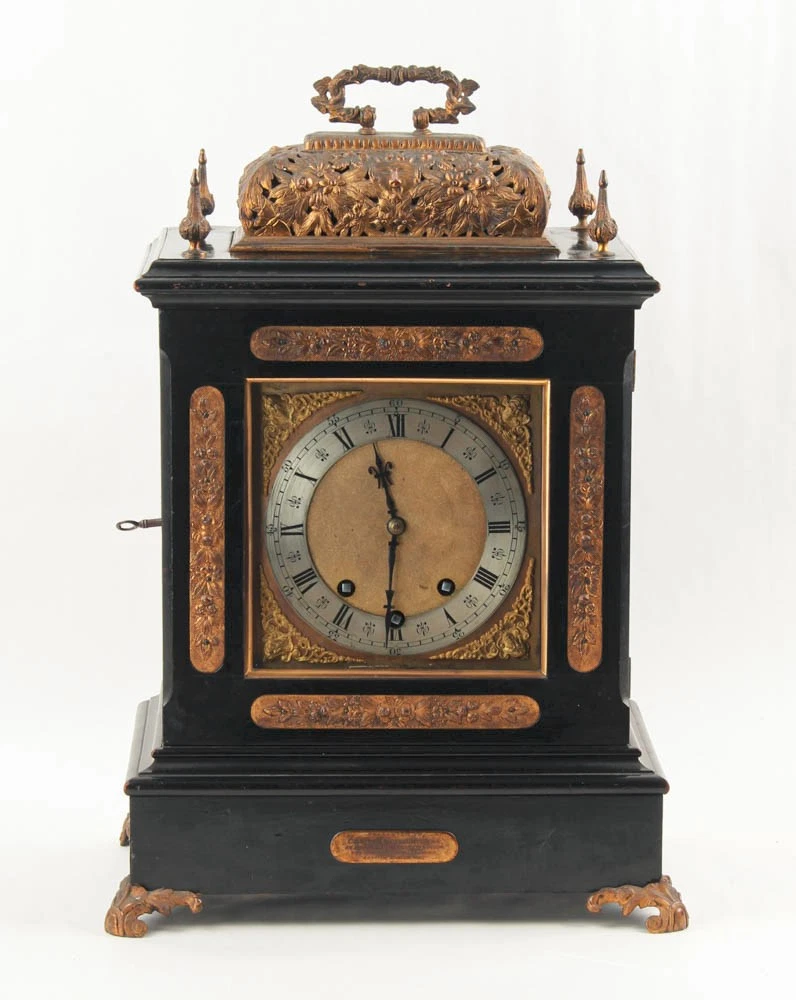
Bracket clocks, often called shelf clocks, were popular fixtures in stately Victorian homes. These clocks feature a sturdy wooden case, often in mahogany or walnut, with fine inlays and curved moldings. Their design strikes a balance between elegance and practicality, sitting comfortably on wall brackets or furniture. Many include brass embellishments that catch light beautifully.
These clocks were admired for their reliability and decorative appeal. They often included key-wound mechanisms and painted dials framed by brass bezels. A bracket clock’s steady ticking and rich tone brought calm to formal rooms. Authentic antiques can fetch between $1,000 and $5,000 depending on maker and restoration quality.
Victorian Skeleton Wall Clock
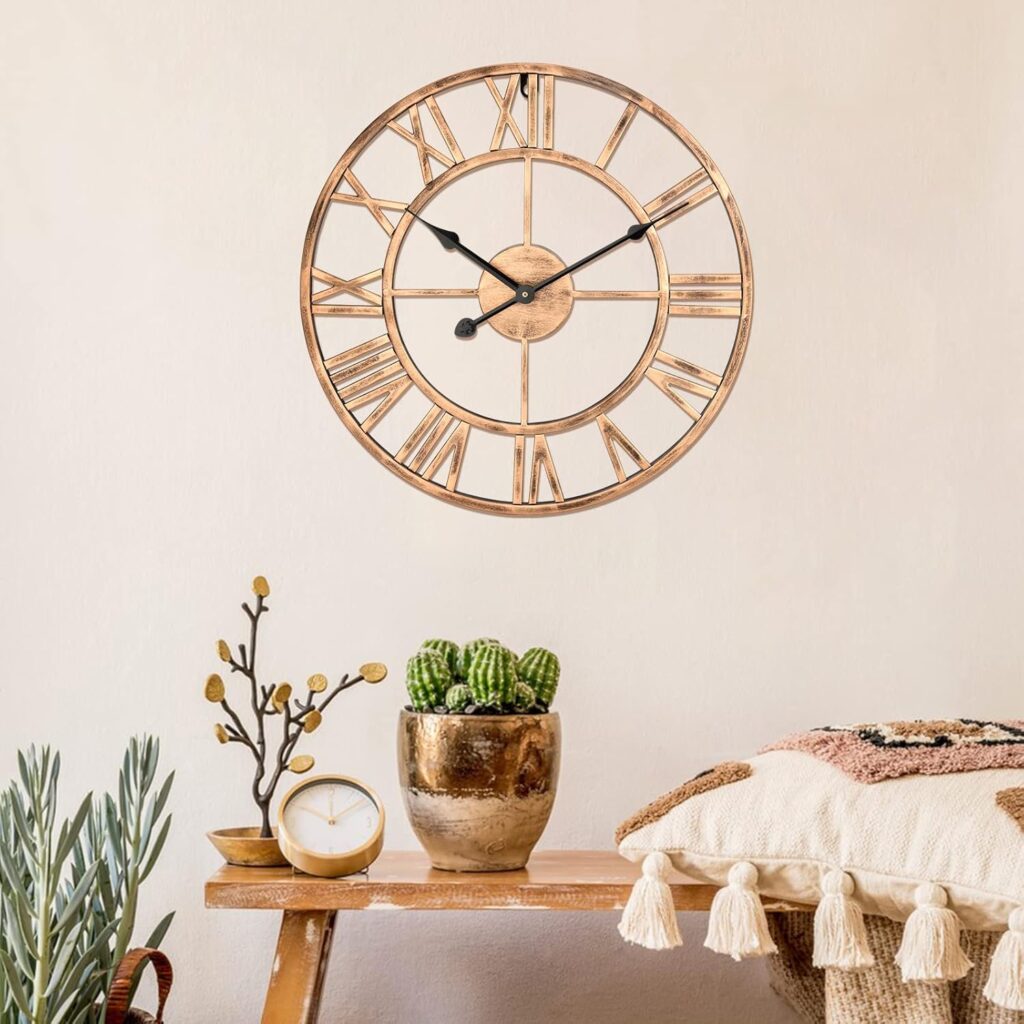
A skeleton wall clock offers an intriguing glimpse into its own workings. Instead of hiding its gears behind a solid face, it reveals them openly through glass and brass framing. The visible cogs, pendulum, and escapement reflect the Victorian fascination with mechanics and invention. It’s a design that feels alive, almost breathing with every tick.
These clocks stand out in any collection, blending elegance with engineering. The open framework adds lightness to rooms filled with heavy décor, making it a favorite choice for blending tradition with interest. Collectors often mount them in libraries or hallways where guests can appreciate their complexity. Prices vary widely, but well-made examples often start at $800 and rise significantly for antiques.
Victorian Mahogany Grandmother Clock
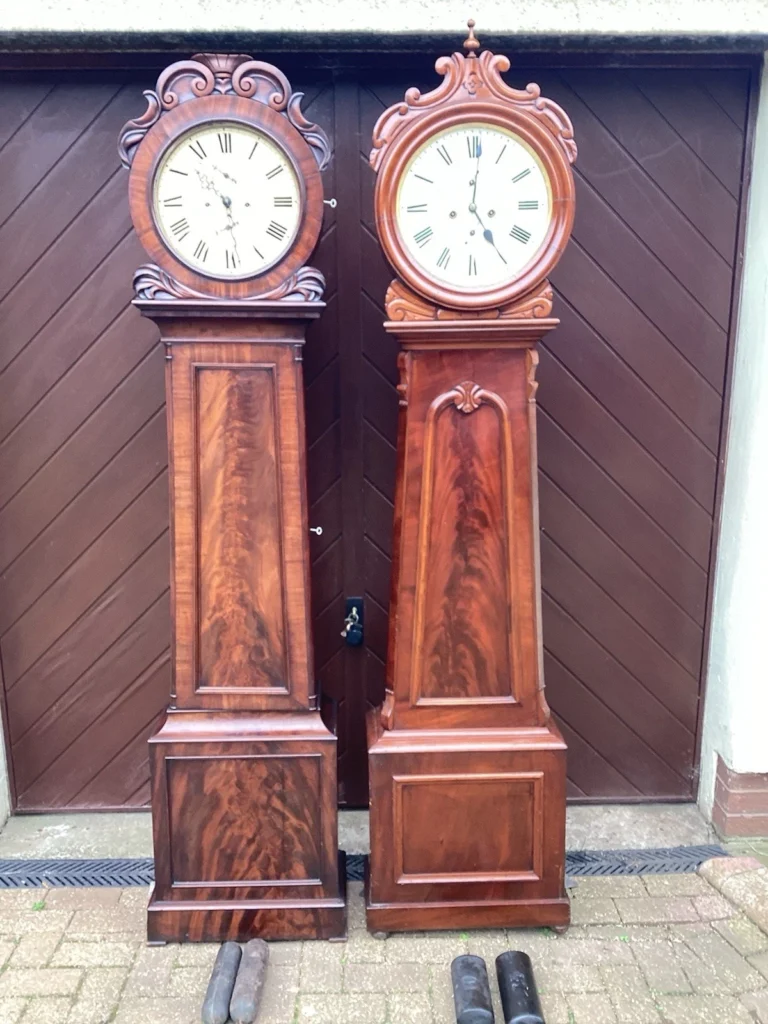
Smaller than the towering grandfather style, the grandmother clock was perfect for parlors and sitting rooms. Made from rich mahogany or oak, it features brass weights, a pendulum, and an arched bonnet. The softer chime and shorter frame make it both charming and practical. It brings a warm, traditional touch to homes that love a hint of old-world grace.
Collectors admire grandmother clocks for their manageable size and fine detailing. Many have hand-painted faces or brass inlay work that glows in lamplight. Their steady rhythm adds comfort to cozy corners and family spaces. Depending on maker and age, these clocks range from $2,000 to $6,000.
Victorian Mystery Clock
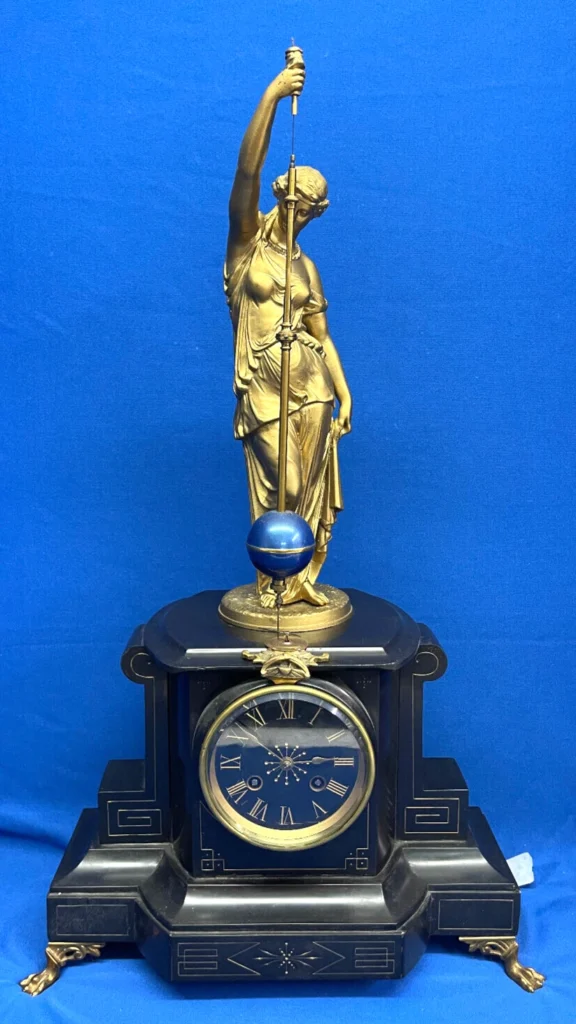
The Victorian mystery clock remains one of the most fascinating creations of the era. At first glance, its hands appear to float across a clear glass dial with no visible mechanism driving them. The secret lies in hidden gears and a clever engineering trick that made these clocks the talk of parlors and galleries. Often set in gilded bronze or marble frames, they carried both elegance and intrigue.
Collectors treasure mystery clocks for their artistry and inventive spirit. They bridge the line between science and illusion, showing how Victorians blended technology with showmanship. Many examples were made in France and later imported to England and America. Genuine antiques can command prices from $5,000 to well above $20,000, depending on condition and maker.
Victorian Wall Regulator Clock
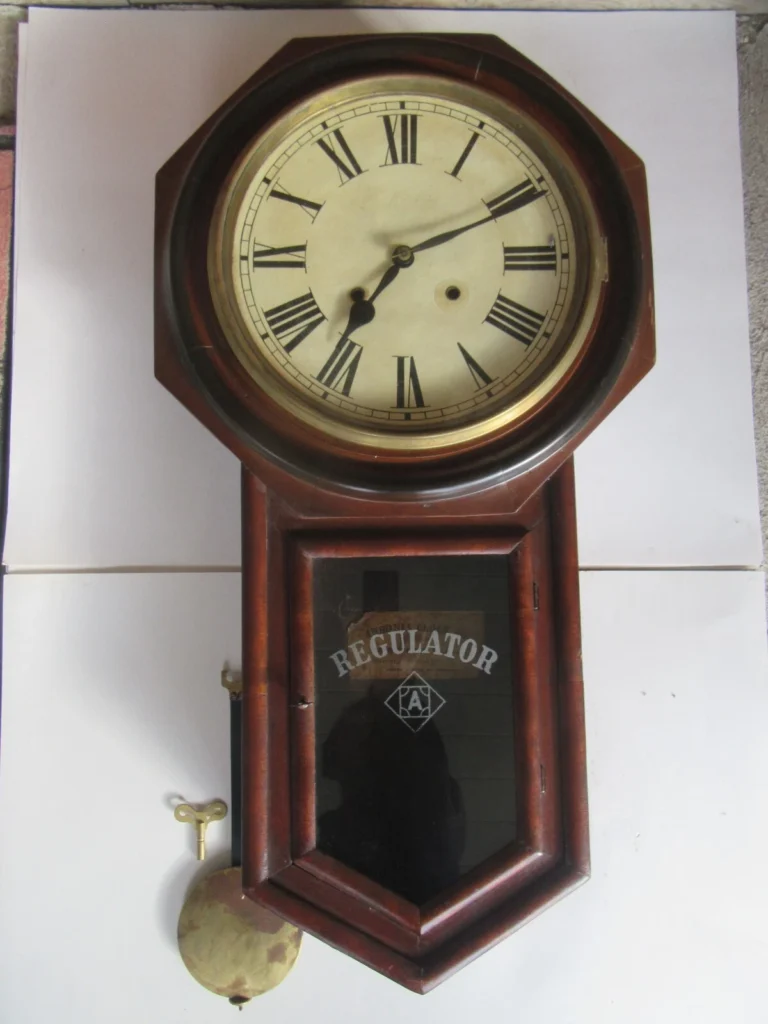
Wall regulator clocks represented accuracy and craftsmanship at their finest. Built with long pendulums and precision escapements, they were once used in railway stations, schools, and formal homes. Their tall wooden cases, often walnut or oak, feature glass panels that show off the pendulum’s graceful swing. Each clock was meant to keep perfect time while looking beautifully refined.
Today, a regulator clock adds both style and heritage to a modern interior. The soft ticking and slow motion of the pendulum bring a soothing presence to any wall. Collectors value them for their mechanical stability and traditional look. Well-preserved examples generally start near $1,500 and rise with age, quality, and maker reputation.
This article originally appeared on Avocadu.
